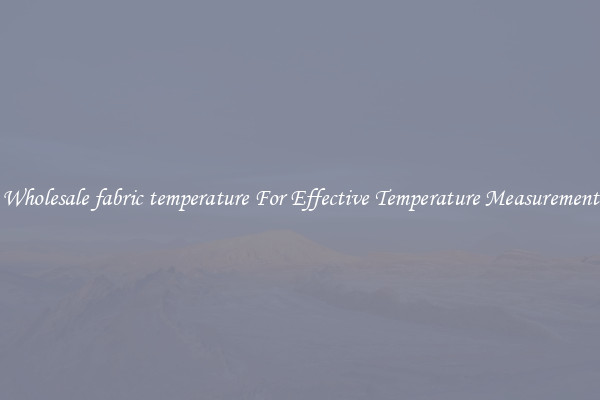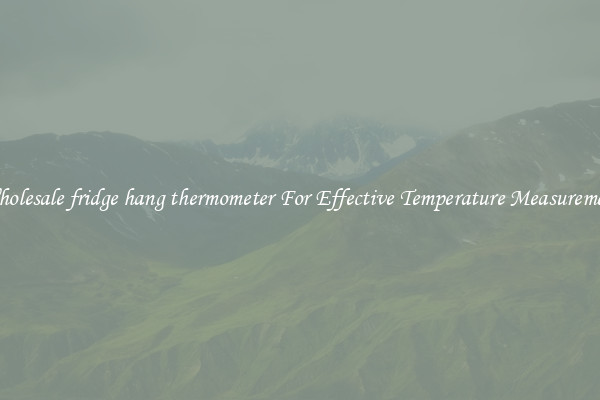Wholesale fabric temperature For Effective Temperature Measurement
Wholesale fabric temperature is a crucial factor when it comes to effective temperature measurement. Understanding the temperature of fabrics is important for various industries, including clothing manufacturing, textile production, and even medical applications. The accurate measurement of fabric temperature can ensure the quality of the final products and also prevent any potential hazards during the manufacturing process.

Temperature measurement in the wholesale fabric industry is essential due to several reasons. Firstly, different fabric materials have different temperature sensitivities. Fabrics like cotton, silk, and wool have different heat transfer properties, and their temperature can impact their overall quality. For instance, excessive heat can lead to shrinkage or color fading in certain fabrics. Therefore, monitoring the temperature of wholesale fabrics is important to maintain their quality.
Secondly, fabric temperature is also crucial during the manufacturing process. Many fabrics undergo various treatments, such as dyeing, printing, and finishing processes. These treatments often involve heat, and knowing the fabric temperature is crucial to ensure the efficacy of these processes. Incorrect temperature measurement can lead to inconsistent coloring, improper adherence of prints, or even damage to the fabric structure.
One of the most common methods for wholesale fabric temperature measurement is using infrared thermometers or thermal imaging cameras. These devices can accurately measure the surface temperature of fabrics without making physical contact. Infrared thermometers are widely used in industries where the temperature of the fabric needs to be monitored regularly, such as textile mills or clothing manufacturing plants.
It is important to ensure that the fabric is at a stable temperature to obtain accurate measurements. Generally, fabrics should be left to equilibrate to room temperature before taking any temperature measurements. This is because fabrics can absorb heat or cold from their surroundings, which can affect their temperature readings. By allowing the fabric to stabilize at room temperature, accurate and consistent measurements can be obtained.
Moreover, it is crucial to consider the environment in which the fabric is being measured. Factors like ambient temperature, humidity, and air currents can affect the fabric temperature. To ensure accurate measurement, it is recommended to take multiple readings at various locations on the fabric and calculate the average temperature.
In conclusion, wholesale fabric temperature plays a significant role in effective temperature measurement for various industries. Accurate measurement of fabric temperature ensures the quality of final products and prevents any potential hazards during the manufacturing process. Using non-contact methods like infrared thermometers or thermal imaging cameras, fabric temperature can be measured accurately. It is important to allow the fabric to stabilize at room temperature before measuring and to consider environmental factors that can affect the temperature readings. By paying attention to fabric temperature, manufacturers can ensure the production of high-quality fabrics and finished products.

View details

View details

View details

View details








